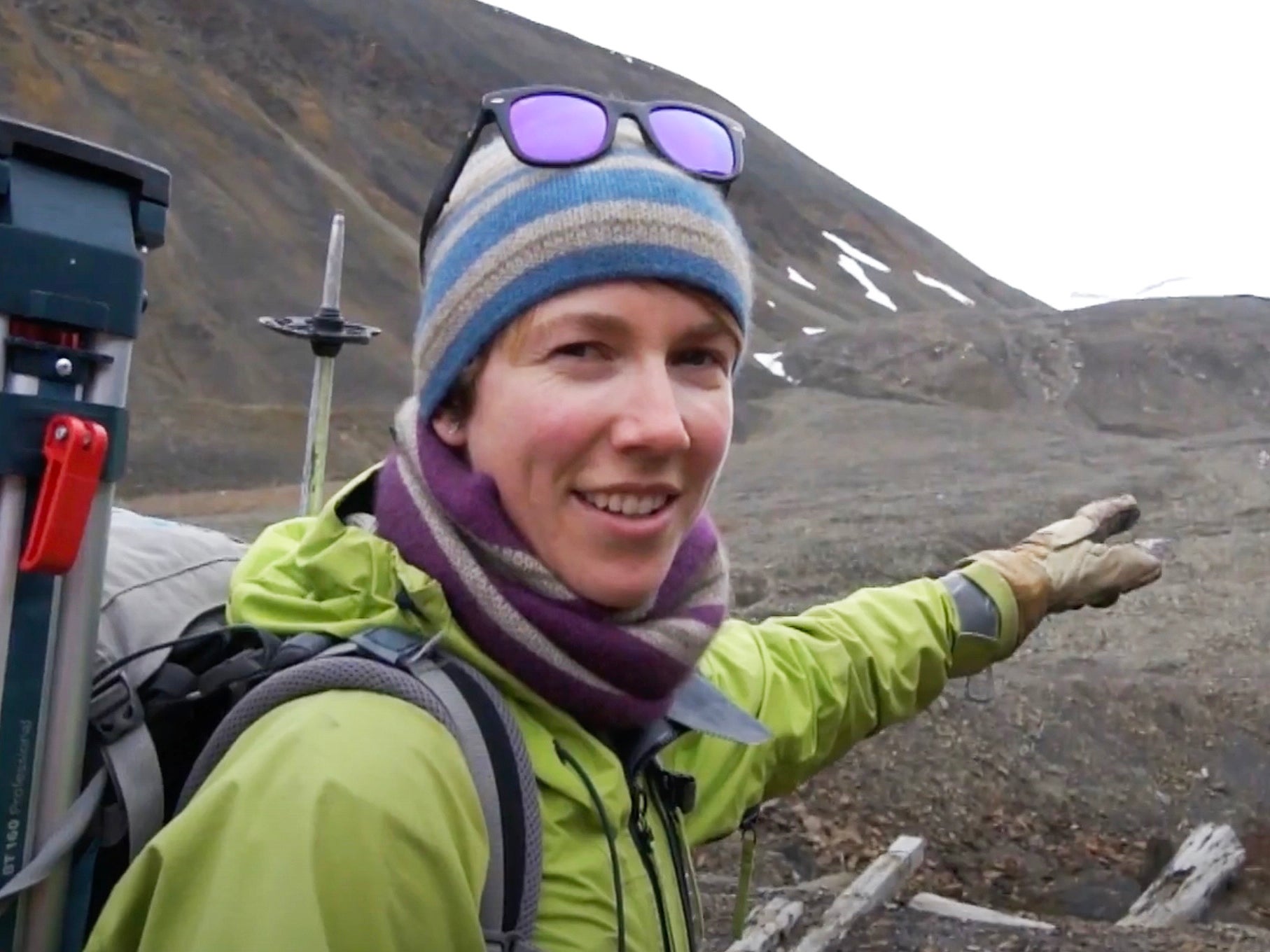‘How can we avoid dying today?’ A North Pole expedition to chronicle black carbon
The first ever recipient of the Shackleton Medal for the Protection of the Polar Regions sat down with Rachel Halliburton to explain what it’s like recording ‘black carbon’ in the Arctic

As she watched the storm approaching across the exposed Arctic plateau, Dr Heïdi Sevestre knew she was facing a life-or-death situation. From the start of their expedition across Svalbard, it had become clear that she and her team of female scientists were facing freak weather conditions. Svalbard, the Norwegian archipelago that sits around half-way between Norway and the North Pole, normally enjoys settled weather in April; a high-pressure zone generates cold sunny days, almost crystalline in their stillness. Yet in the spring of 2021, when the pandemic had temporarily eclipsed the threat of global warming for most of the world, her team found themselves on the frontline of a lethal battle with the elements.
“On day one of the expedition I noticed that temperatures were high,” she says. “Normally it’s between -15 and -10C, but when we started it was 5C. The winds were insane – up to 140km/h. Because of the warm temperatures there were avalanches and the crevasses on the glaciers were opening up. There was also a lot of snow. Every step we took, every decision we made was underpinned by the question: how can we avoid dying today?”
Subscribe to Independent Premium to bookmark this article
Want to bookmark your favourite articles and stories to read or reference later? Start your Independent Premium subscription today.
Join our commenting forum
Join thought-provoking conversations, follow other Independent readers and see their replies